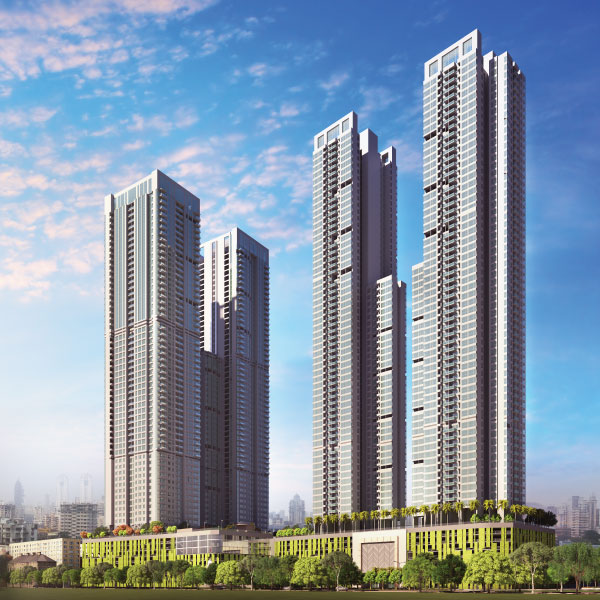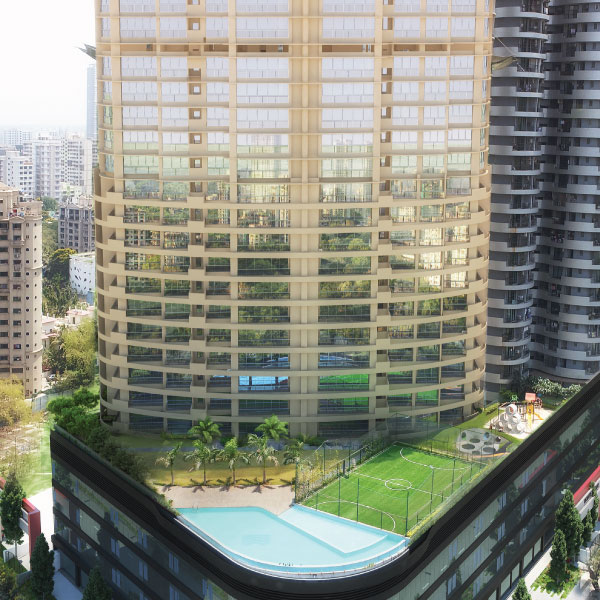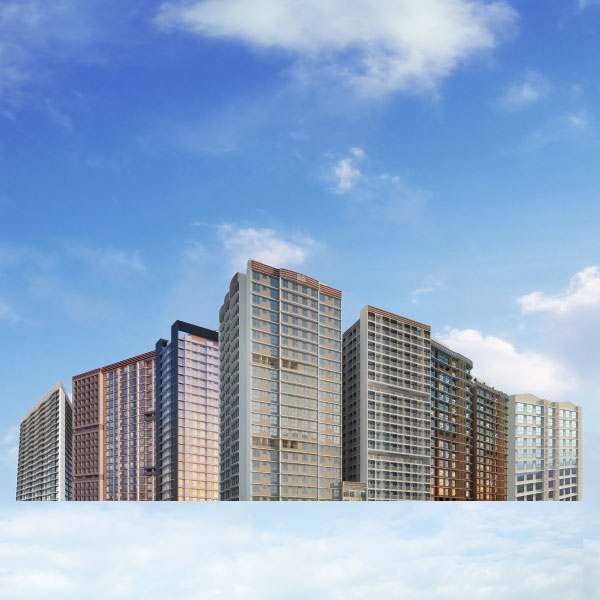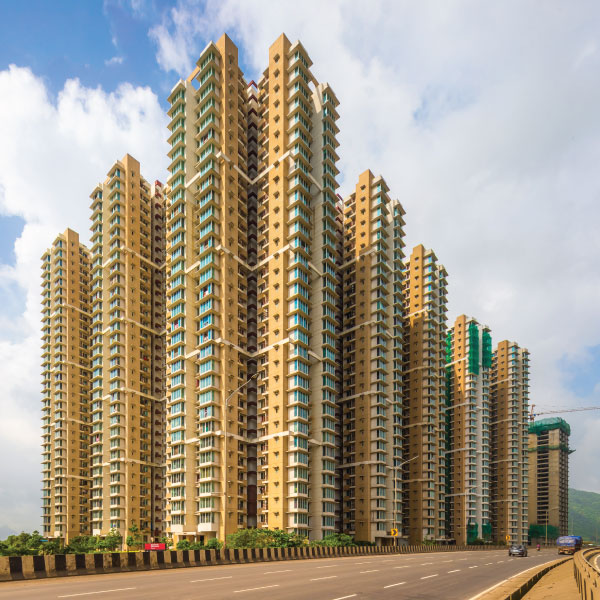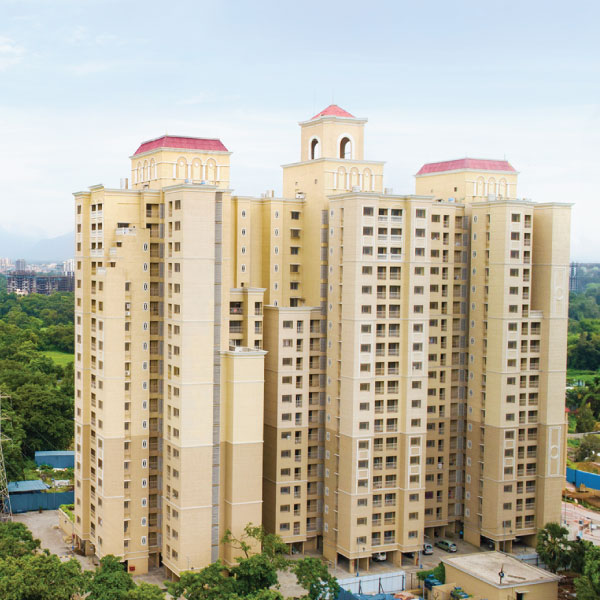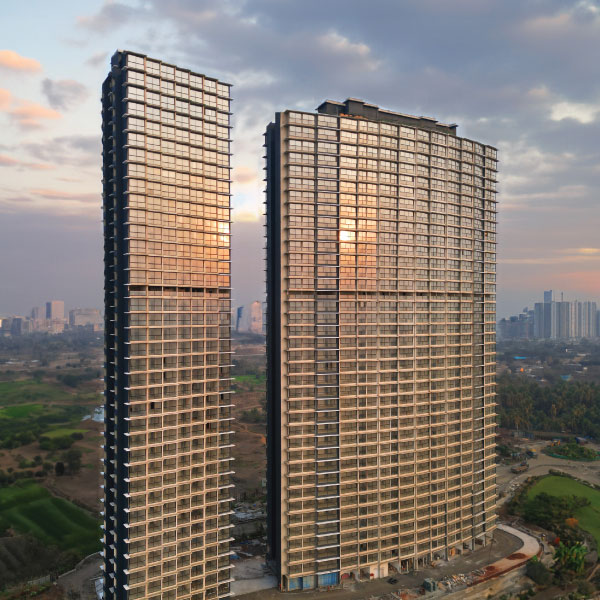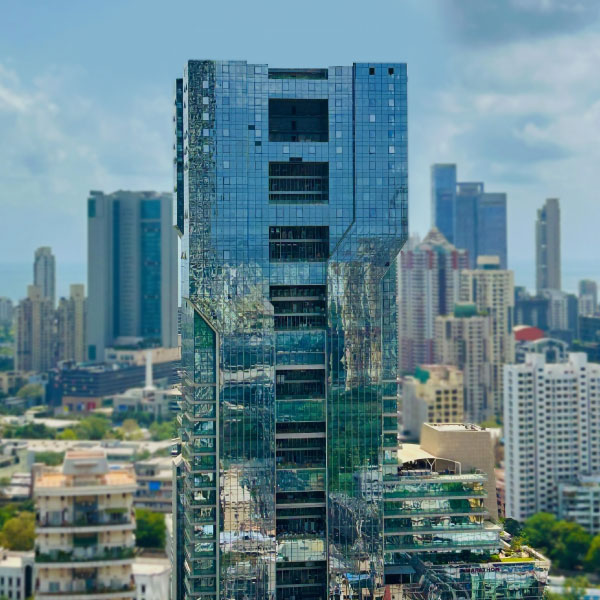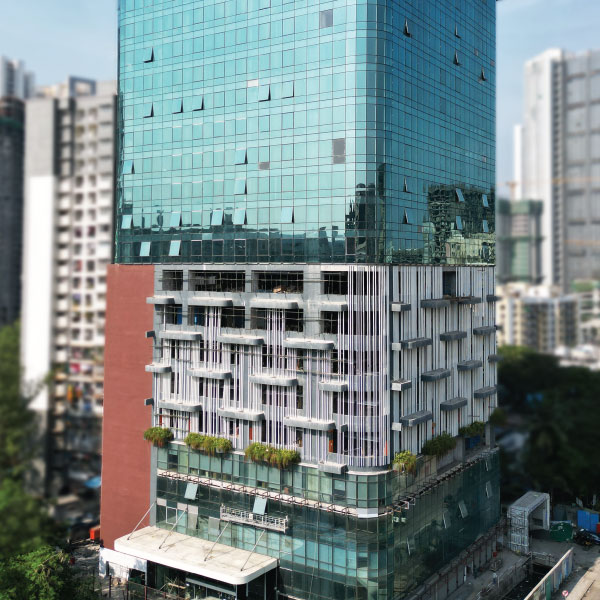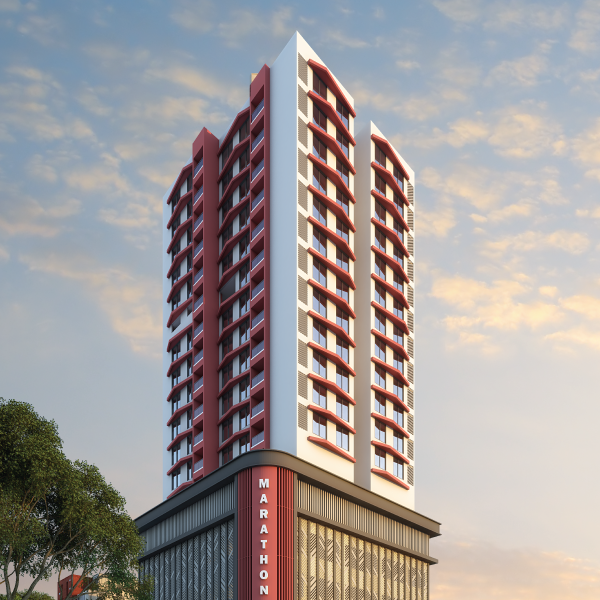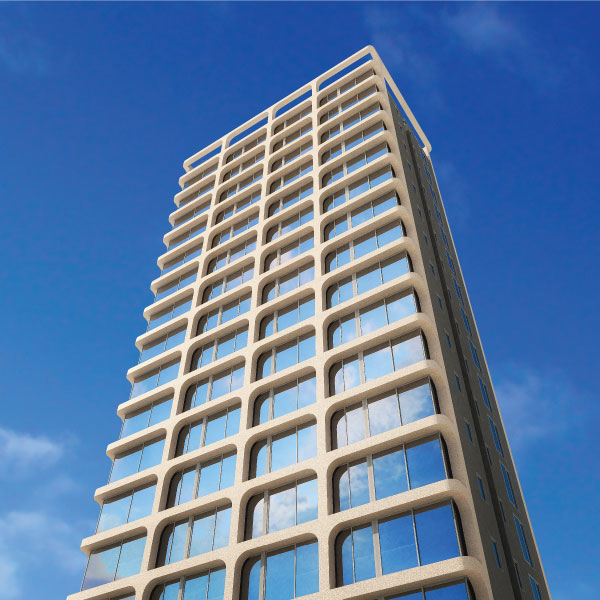All You Need to Know About Navi Mumbai International Airport
Last Updated on, October 26th, 2024

The Navi Mumbai International Airport, now named Loknete DB Patil Navi Mumbai International Airport, is one of the most ambitious infrastructure projects in Maharashtra. Being constructed near the city of Navi Mumbai, it will serve in parallel with the existing international airport in Mumbai. The project has massive implications for the growth of Mumbai and Navi Mumbai and after years of uncertainty, stops and starts and challenges like land acquisition, rehabilitation and more, the project finally looks set to take off. Here’s everything you need to know about this mega project.
Adani Group is the concessionaire of the development of the Navi Mumbai International Airport. The construction work began for Navi Mumbai International Airport began in 2022 after the land was acquired. March 2025 is the target date of completion. The construction will be done in 4 phases.
What Is the Need for Navi Mumbai International Airport?
Chhatrapati Shivaji Maharaj International Airport in Mumbai is the second busiest airport in the country. In the last 2-3 years, the airport has consistently been handling traffic of 40-50 million passengers every year.
With just 1 runway operational, only 40-50 flights can be operated in an hour. The Mumbai Airport handles over 950 aircraft movements every day. To cater to the growing demand in a city like Mumbai, the need for a second international airport is apparent.
The idea of a second airport was proposed to reduce the burden on the current international airport in Mumbai. Navi Mumbai is a place where there is plenty of land available and it is also one of the most well-planned cities in India. Hence, it was the preferred choice for an international airport.
Project Details
Navi Mumbai International Airport is a greenfield development built by CIDCO. Once operational, it will be able to handle yearly traffic of 90 million passengers. The airport covers an area of 1,160 hectares. The total cost of the project is expected to be 16,700 crores. This infrastructure project in Navi Mumbai will generate over 4 lakh job opportunities. The exact location of this airport is on National Highway 4B, which is close to Panvel. DB Patil international airport will be spread over an area of 1,160 hectares.

Navi Mumbai Airport – Background
Maharashtra Government approved the construction of the airport in July 2008. CIDCO was appointed as the nodal agency for the execution of this project. This infrastructure project is implemented through a public-private partnership under the DBFOT – design, build, finance, operate and transfer agreement.
The airport will be built in 4 phases by 2032. Prime Minister Narendra Modi unveiled the foundation plaque at the groundbreaking ceremony that was held in 2018. The project was supposed to begin its operation in December 2020. However, it got delayed because of multiple reasons, such as COVID-19-induced lockdown, protests by locals, delay in the land acquisition and financial closure.
Navi Mumbai Airport – Current Status
The Adani Group acquired a controlling stake in the Navi Mumbai International Airport in 2021. In June 2022, CIDCO handed over 2866 acres of land to Adani Group to kick-start the construction. CIDCO has also planned for the rehabilitation of over 5000 families.
The land acquisition of Navi Mumbai airport was completed in 2019, however there were a lot of challenges about the resettlement of people affected by the project. Hence, CIDCO handed over 2,866 acres of land to Adani in July 2022. The Adani Group claimed to have completed 57% of the work by November 2023.
In September 2023, the International Air Transport Association (IATA) accorded the code NMI to Navi Mumbai Airport.
In August 2024, the Airport Authority of India conducted a test of flight calibration for its instrument landing system (ILS). Testing ILS is a crucial process before licensing and operationalizing the airport. Aviation Minister Mr Jyotiraditya Scindia said that Navi Mumbai International Airport will be ready by March 2025. Majority of construction work will be completed by December 2024.
In October 2024, a key milestone was achieved. The Indian Airforce Aircraft successfully conducted the trial landing at the DB Patil airport. Chief Minister of Maharashtra, Eknath Shinde and several other ministers and senior officials attended this trial landing event. The trial landing allowed engineers and aviation officers to evaluate performance and the readiness of airport. On the eve of successful trial landing, Mr Jeet Adani, Director of Adani Airport Holdings expressed happiness “We are proud of the progress NMIAL has made. This world-class airport will play a pivotal role in the region’s growth, serving as a crucial hub for travellers across the globe”.
A local MLA and Chairperson of CIDCO, Mr Sanjay Shirsat described the progress of DB Patil International Airport as satisfactory. He further added, “Once operational, the airport will handle domestic flights starting in March 2025, followed by international services in June 2025.”

After the handover of land from CIDCO, Adani Group started the construction work for the terminal and runway in June 2022. According to sources, the project is on track to meet its December 2024 deadline.
On 16th July 2022, Maharashtra Chief Minister Eknath Shinde’s cabinet cleared a proposal to name Navi Mumbai International Airport after DB Patil. Speaking at an annual day program of the Maratha Chamber of Commerce and Industries (MCCIA), Devendra Fadnavis said that the Navi Mumbai International Airport will be operational by 2024. It will also be connected to Pune. This will strengthen the connectivity and will be a major boost to Navi Mumbai real estate.
Navi Mumbai Airport – Connectivity
DB Patil International airport is 10 minutes away from Panvel. This airport will be easily accessible via road, metro rail, and suburban railways. The airport connects the Navi Mumbai Metro Line 1 and the Mumbai metro line 8, also called Gold line.
Also, the airport will be the starting point of the Mumbai-Hyderabad high-speed rail corridor.
The Sewri Nhava Sheva Trans-Harbor Sea Link or MTHL will also provide easy access to the upcoming airport from mainland Mumbai.
Navi Mumbai Airport – Facilities
Navi Mumbai International Airport will include cargo terminal buildings, parallel runways for independent operations, apron area, a cargo complex, taxiways, an aircraft maintenance site, long-term aircraft parking, and much more. A low-cost carrier terminal having a capacity of two million passengers in a year will also be a part of the first phase.
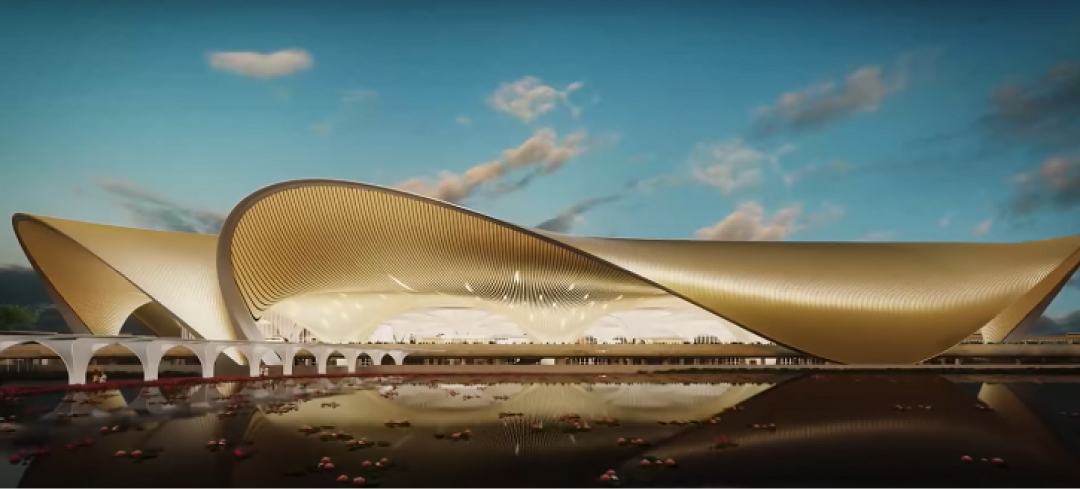
DB Patil International airport will have 3 terminal buildings. These terminal buildings will feature food courts, lounges, and many other facilities for travellers’ convenience. The lotus-shaped buildings will have an aesthetic theme.
The two parallel runways will be 3700m long and 60m wide, both will be spaced 1.55 km apart. The general aviation terminal of this airport will be India’s largest planned General Aviation Facility. It will feature 67 aircraft stands and a separate heliport.
The domestic cargo terminal will be spread over 3,60,000 sq ft and the international cargo terminal will be spread over 2,55,000 sq ft.
The Panvel airport will also feature a fuel farm of 1,630,000 sq ft and 3 aircraft hangars.
How Will Navi Mumbai Airport Influence Infrastructure and Real Estate Development?
Navi Mumbai International Airport will create an entire ecosystem of aerocity around the airport. Navi Mumbai aerotropolis will boost the economy and create lakhs of job opportunities in Navi Mumbai. The biggest beneficiary of the airport is Navi Mumbai’s real estate, especially Panvel.
Unlike Mumbai, most of the development around Navi Mumbai will be greenfield. The infrastructure will come up in a planned way – wide roads, footpaths, good drainage and a sewage system.
Once the airport is ready for operation, there is a possibility of 10-15% price appreciation. The key micro-markets that will benefit from the airport are Panvel, Ulwe, Kamothe, Kharghar and Taloja. All these areas together constitute Third Mumbai. This satellite city will cover an area of over 400 sq km around Navi Mumbai airport. Third Mumbai is envisioned as a fully developed city with residential and commercial towers, banks, data centres, sports facilities, educational universities, government offices, and knowledge parks.
The airport will pave the way for the emergence of Panvel as a commercial hotspot in Navi Mumbai. The best-in-class infrastructure and smooth connectivity from the airport to other parts of the city will encourage MNCs and early-stage startups to set up their offices around Panvel and adjoining areas.
Even the commercial property rates in Panvel and neighbouring areas are cheaper than other premium districts of Mumbai. Once the airport is operational, the commercial real estate prices in these regions may shoot up because of the higher demand.
The rapid commercial development and international airport will also trigger movement in the residential segment. More and more people, including immigrants, may relocate to Panvel and neighbouring suburbs in search of better opportunities and quality of life. This will enhance the demand for both affordable and luxurious residential homes.
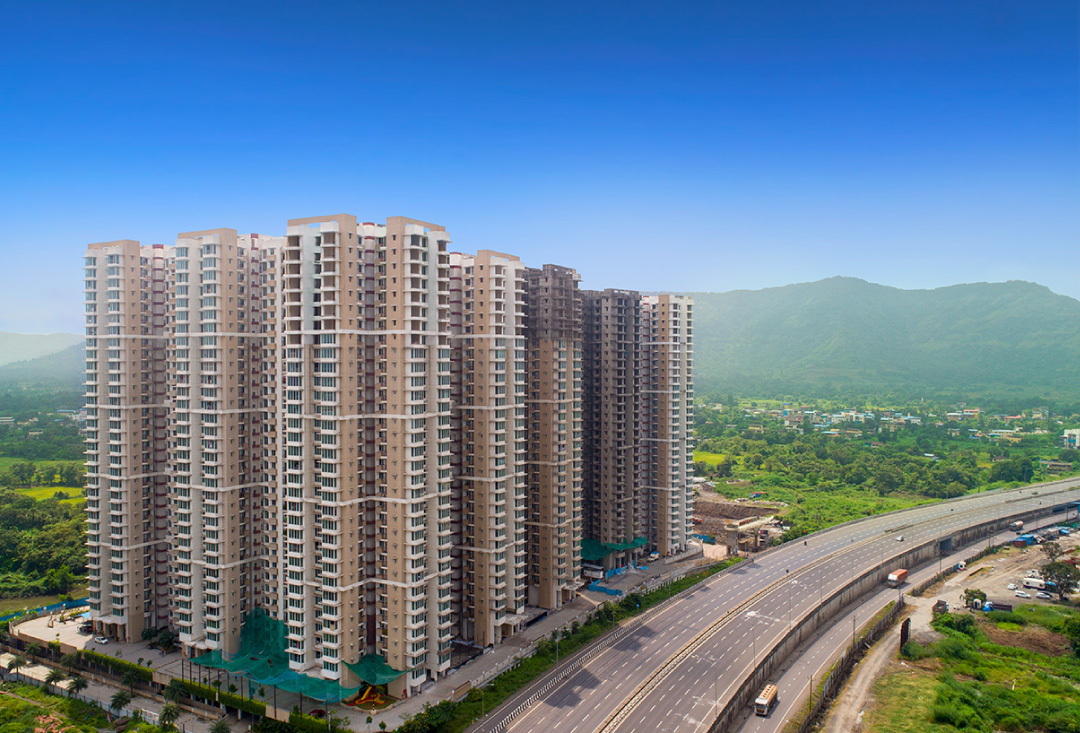
Residential projects like Marathon Nexzone will be the preferred choice for home buyers as it offers both affordable and luxurious homes with views of hills and valleys. It has 1, 2, and 2.5 BHK homes with open spaces and recreational amenities like a swimming pool, clubhouse, gymnasium, and jogging track. Guess what? It is 10 mins away from the Navi Mumbai International Airport.
Bottom Line
With Navi Mumbai International Airport finally seeing the light of the day, the micro-markets in Navi Mumbai are poised to see better growth. The real estate market in Panvel has a lot of potential in the upcoming decade.
If you buy a property in Panvel today, you can easily witness a 15-20% appreciation by 2025 when the airport is nearing completion.


